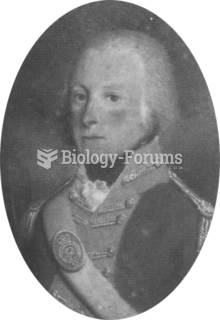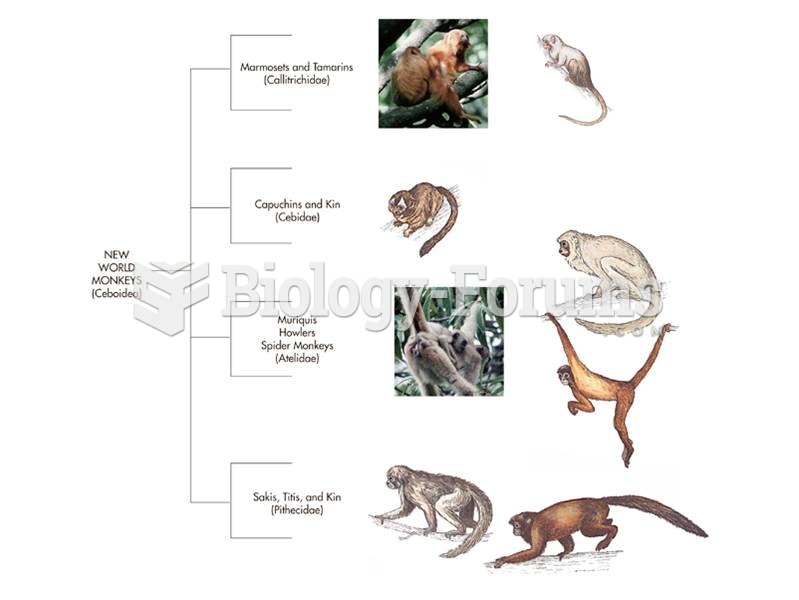Question 1
What conclusion can be reached by interpreting this graph that compares annual per capita tax rates between Britain and its American colonies in 1765?
A) Americans paid more than their fair share of taxes to support the British Empire.
B) Americans opposed taxation because they were not represented in Parliament.
C) British citizens paid less tax money than the colonists in America and Ireland.
D) Americans were generally wealthier than comparable workers in Britain.
Question 2
How does this photograph of President Theodore Roosevelt working the controls of a steam shovel in the Panama Canal Zone exemplify the spirit of imperialism that took hold in the United States during the late nineteenth and early twentieth
centuries? A) It is reflective of the democratic process that the United States used to acquire the Canal Zone
from Colombia.
B) It shows how technological innovation promoted overseas economic expansion and world
prominence for the United States.
C) It demonstrates the lack of sensitivity shown to native laborers who were considered to be
racially and culturally inferior.
D) It addresses the method used by Americans to civilize non-American lands and people.
Question 3
Why did Lyndon B. Johnson insist on taking the oath of office with Jackie Kennedy at his side after John F. Kennedy's assassination in Dallas as shown in this photograph taken by Cecil Stoughton?
A) to demonstrate to the public that she supported his presidency
B) to put a stop to widespread rumors that he had no right to the presidency
C) to show that the supposed friction between him and President Kennedy was a myth
D) to quell suspicions that he had had a hand in the assassination of President Kennedy
Question 4
Prime Minister George Grenville and Parliament passed the Sugar Act in order to __________.
A) tax sugar and other goods imported to the colonies
B) raise duties on molasses
C) reduce penalties for smuggling
D) subject violators of this act to trials by jury







